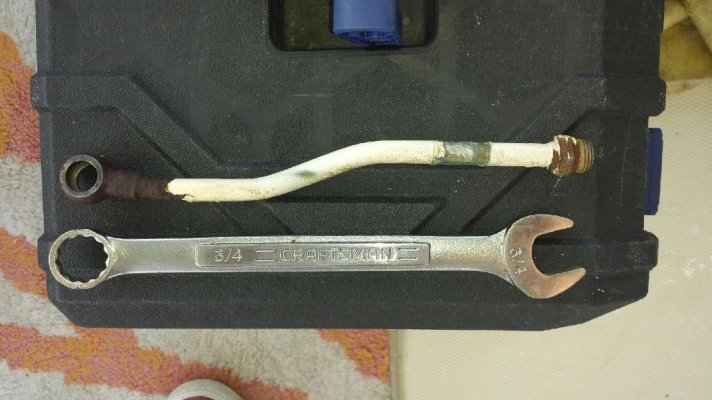Donna
Guru
- Joined
- Aug 30, 2016
- Messages
- 1,231
- Location
- United States
- Vessel Name
- Southerly
- Vessel Make
- 1986 Marine Trader 36' Sundeck
Seems the metal compression fitting for the fuel line under the fuel injector has sprung a leak and there is a small spray of diesel only when the engine is running.
My question is: Can I unscrew this compression fitting and replace it simply? Or, is it under pressure and would I do damage to either myself or the engine?
Or, is this not a simple job and I should call my diesel mechanic?
My question is: Can I unscrew this compression fitting and replace it simply? Or, is it under pressure and would I do damage to either myself or the engine?
Or, is this not a simple job and I should call my diesel mechanic?


